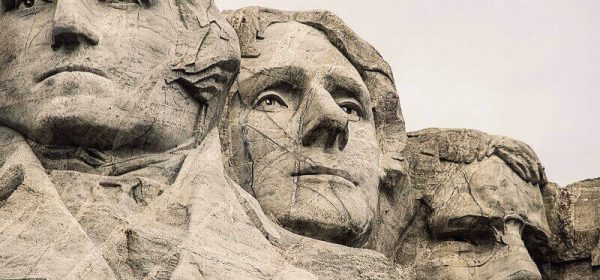The history of ancient civilizations is a treasure trove of knowledge, art, and innovation that continues to captivate and inspire people around the world. From the majestic pyramids of Egypt to the magnificent temples of Greece and the intricate ruins of Machu Picchu, ancient civilizations have left behind a legacy of architectural marvels, cultural achievements, and technological advancements that endure to this day. In this article, we will embark on a journey through time to explore the fascinating history of ancient civilizations, from their rise to power to their lasting impact on the world.
Egypt: Land of the Pharaohs
Egypt is renowned for its awe-inspiring monuments and remarkable achievements in art, science, and architecture. The ancient Egyptians built massive pyramids as tombs for their pharaohs, showcasing their advanced engineering skills and religious beliefs. The Great Pyramid of Giza, one of the Seven Wonders of the Ancient World, stands as a testament to their ingenuity and craftsmanship. Additionally, the Egyptians made significant contributions to mathematics, medicine, and literature, leaving behind a rich cultural legacy that continues to intrigue scholars and historians.
Greece: Cradle of Western Civilization
Ancient Greece is celebrated for its contributions to philosophy, democracy, and the arts, laying the foundation for Western civilization. The Greeks invented the concept of democracy, establishing the world’s first democratic government in Athens in the 5th century BCE. They also made significant advancements in philosophy, with renowned thinkers such as Socrates, Plato, and Aristotle shaping our understanding of ethics, logic, and metaphysics. Greek architecture, exemplified by the Parthenon and other iconic temples, continues to inspire architects and artists around the world with its elegance and symmetry.
Rome: Eternal City
The ancient Romans were renowned for their military prowess, engineering feats, and cultural achievements, shaping the course of Western history for centuries to come. The Roman Empire expanded across Europe, Africa, and Asia, establishing a vast network of roads, aqueducts, and public buildings that facilitated trade and communication. Roman architecture, characterized by grandiose structures such as the Colosseum and the Pantheon, reflects their ambition and ingenuity. Additionally, the Romans made significant contributions to law, governance, and literature, laying the groundwork for modern legal systems and literary traditions.
Mesopotamia: Cradle of Civilization
Mesopotamia, located in present-day Iraq, is often referred to as the “cradle of civilization” for its role in the development of agriculture, writing, and organized society. The ancient Mesopotamians invented writing, creating the world’s first known writing system, cuneiform, to record transactions, laws, and literature. They also built the world’s first cities, such as Uruk and Ur, and developed sophisticated irrigation systems to support agriculture in the fertile floodplains of the Tigris and Euphrates rivers. Additionally, Mesopotamia was home to several great empires, including the Sumerians, Babylonians, and Assyrians, each leaving behind a rich cultural and architectural legacy.
Conclusion
Timeless Treasures: Delving into the Rich History of Ancient Civilizations offers a glimpse into the remarkable achievements and enduring legacies of ancient civilizations that continue to shape our world today. From the majestic pyramids of Egypt to the philosophical insights of ancient Greece, the military conquests of Rome, and the cultural innovations of Mesopotamia, the history of ancient civilizations is a testament to human ingenuity, creativity, and resilience. By exploring the rich history and cultural heritage of these ancient civilizations, we gain a deeper appreciation for the diverse tapestry of human history and the enduring legacy of our ancestors.




